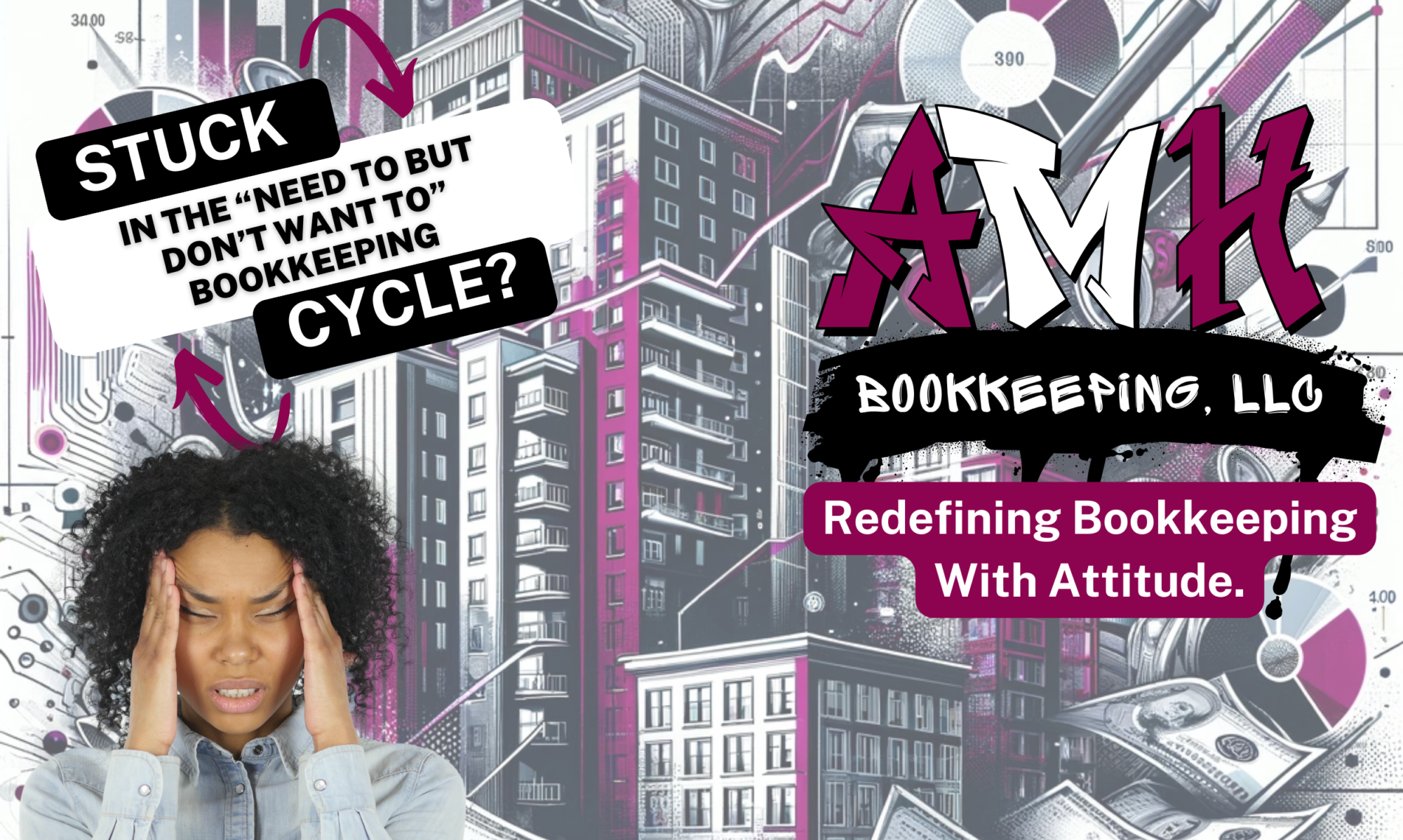Now if you have been following my blog, you know that we have already covered employee onboarding and how that helps keep your business running efficiently. Onboarding a tenant also helps and that is what we are going to focusing on in part 5 of our Efficiency series.
Onboarding starts at the very beginning when he or she is still a prospect. The purpose of taking you tenant through an onboarding process is so that he or she knows what their responsibilities are and what he or she can expect from you, the landlord. In the beginning this is the application and screening process.
Establishing your screening process early on and having a scoring worksheet handy for tenant viewing will let every prospect know what is required from them to rent from you. This keeps you compliant with the Fair Housing laws. The beauty of making this worksheet available to view for your tenant is it will weed some of the prospects out before they even get to the application process.
The next step in onboarding is your application process. How clear is this to your prospects? Do they know what kind of documentation you require when they are filling out the application? Are you coupling the Consent for Background Check with the application? If not, this is the perfect time to do so. Be sure to get a copy of their Driver's License or State Issued ID and Social Security Card after the consent form is signed. Also, how are you performing the background check? Contemporary Information Corporation (CIC) has a very detailed and thorough background check report. You can check them out HERE.
The Fair Housing Act is explicit with its criteria for turning an applicant into a tenant, I am paraphrasing but, the first applicant that meets all of your requirements is the person(s) you rent to.
Now we can get into the meat and potatoes of today's post: What happens once you have agreed to rent to the applicant.
Now that you have agreed to rent to the applicant, it is time to have them walk through the unit with your move-in checklist, make sure to have them notate anything out of the ordinary as being there BEFORE they move in. Performing the walkthrough before lease signing help you, the landlord, by establishing what was there before the tenant in the event they move out and you need to assess any damages. After the walkthrough is completed, we can move to lease reviewing and signing.
Yes! It's time to go over the lease. This part is CRUCIAL to your onboarding process. Making sure to go over the lease and have the applicant initial those key points of your lease can alleviate any "I didn't know" excuses from your tenant when it comes to lease violations. It also lets them know exactly what is expected of them and of you, Landlord. It is one more layer of protection for you as well. Now that they have signed it, paid the security deposit and first month's rent, you can hand them their keys, and welcome them to their new home!
In roughly two weeks, send them a welcome gift of some sort along with the dates of your preventative maintenance inspections. If you are not doing preventative maintenance inspections, stay tuned to our blog for more on that.
Congratulations!! You have successfully onboarded your tenant. Now he or she understands their role as your tenant and your role as their landlord. For more information on this topic, please do not hesitate to reach out to AMH. We are here to help.
AMH Bookkeeping, LLC….The Landlord's Bookkeeper.











